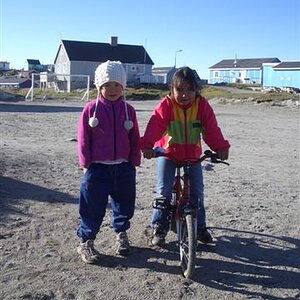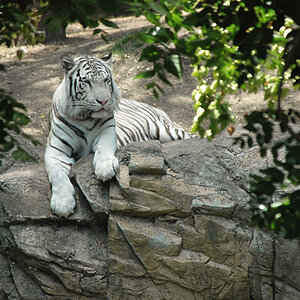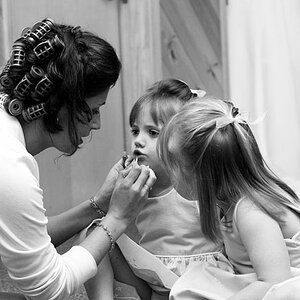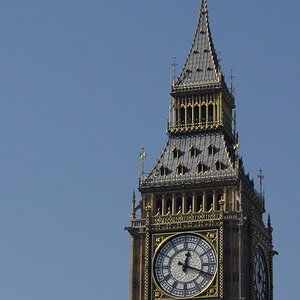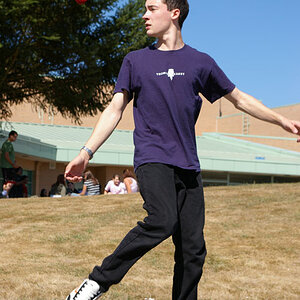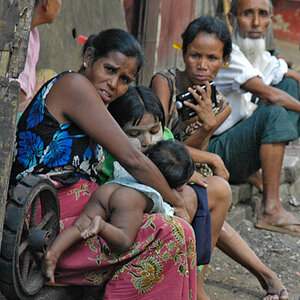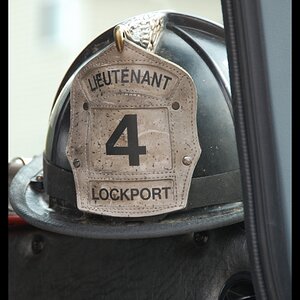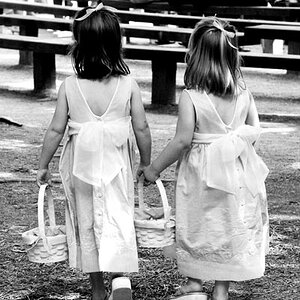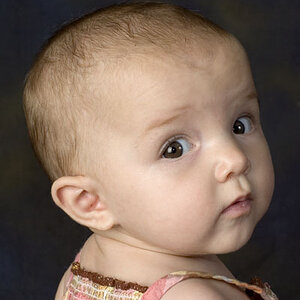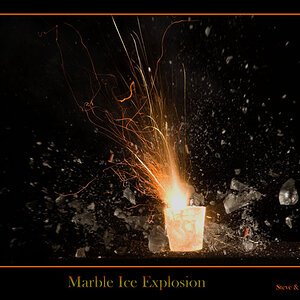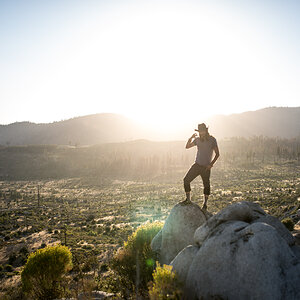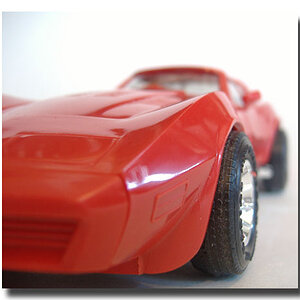SabrinaO
TPF Noob!
- Joined
- Sep 26, 2010
- Messages
- 1,315
- Reaction score
- 75
- Can others edit my Photos
- Photos OK to edit
Outdoor photography is a whole another world to me, since im so used to studio lighting. I have an engagement session coming up and I just need some tips.
I know all about the golden hour and the session is gonna be taken late afternoon/evening. I have a sb600 and I know when to use the fill flash, but do you all normally bounce it, or just point it straight on? Where do you bounce it if you are in a wooded park? I have a reflector.. when should I use the reflector? Its just going to be me (i have no assistant) so i don't know how im gonna be able to work the cam and reflector.
What do you all do when you shoot on location?
I know all about the golden hour and the session is gonna be taken late afternoon/evening. I have a sb600 and I know when to use the fill flash, but do you all normally bounce it, or just point it straight on? Where do you bounce it if you are in a wooded park? I have a reflector.. when should I use the reflector? Its just going to be me (i have no assistant) so i don't know how im gonna be able to work the cam and reflector.
What do you all do when you shoot on location?


